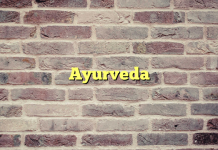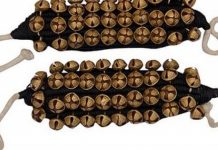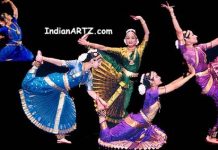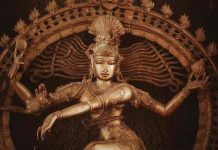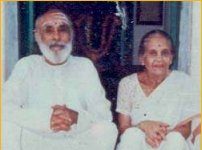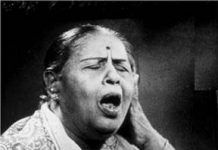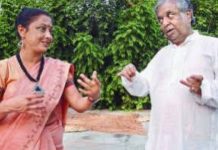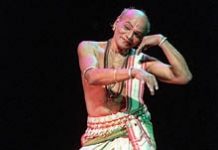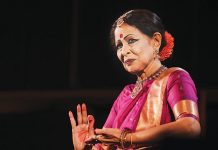Classical Indian Dance
Indian classical dance is a misnomer, and actually refers to Natya, the sacred Hindu musical theatre styles. Its theory can be traced back to the Natya Shastra of Bharata Muni (400 BC).
Dances performed inside the sanctum of the temple according to the rituals were called Agama Nartanam. This was a spiritual dance form.
Dances performed in royal courts to the accompaniment of classical music were called Carnatakam. This was an intellectual art form.
Darbari Aatam form of dance appealed more to the commoners and it educated them about their religion, culture and social life. These dances were performed outside the temple precincts in the courtyards.
The Sangeet Natak Akademi currently confers classical status on eight “dance” forms:
1. Bharatanatyam
2. Kathak
3. Kathakali
4. Kuchipudi
5. Manipuri
6. Mohiniaattam
7. Odissi
8. Sattriya
For lack of any equivalents in the European culture, the British colonial authorities called any performing art forms found in India as “Indian dance”. Even though the art of Natya includes nritta, or dance proper, Natya has never been limited to dancing alone. At its best, has the most powerful means to lead its worshippers – the artist – to the Divine. It is a sincere depiction of the Divine. It is a sincere depiction of the realities in life, an embodiment of the imagination and gracefulness, the very soul which thereby creates as it were the “Idol of the Beautiful”.
Out of the 8 styles, the most ancient ones and the ones that have their origin in Agama Nartanam are Bharatanatyam and Odissi. These two most faithfully adhere to the Natya Shastra.
Kuchipudi and Mohiniaattam are relatively recent Darbari Aatam forms, just as Kathakali, and two eastern Indian styles, Manipuri and Sattriya, that are quite similar. Kathak bears a strong influence of the Persian dance.
A very important feature of Indian classical dances is the use of Mudras or hand gestures. Mudras are used by the artists to express their feeling or even the whole story.
Source: gloriousindia.org

![PANCHAKARMA [ Detoxification ] PANCHAKARMA [ Detoxification ]](https://indianartz.com/blog/wp-content/uploads/2017/07/PANCHAKARMA--Detoxification--218x150.png)
